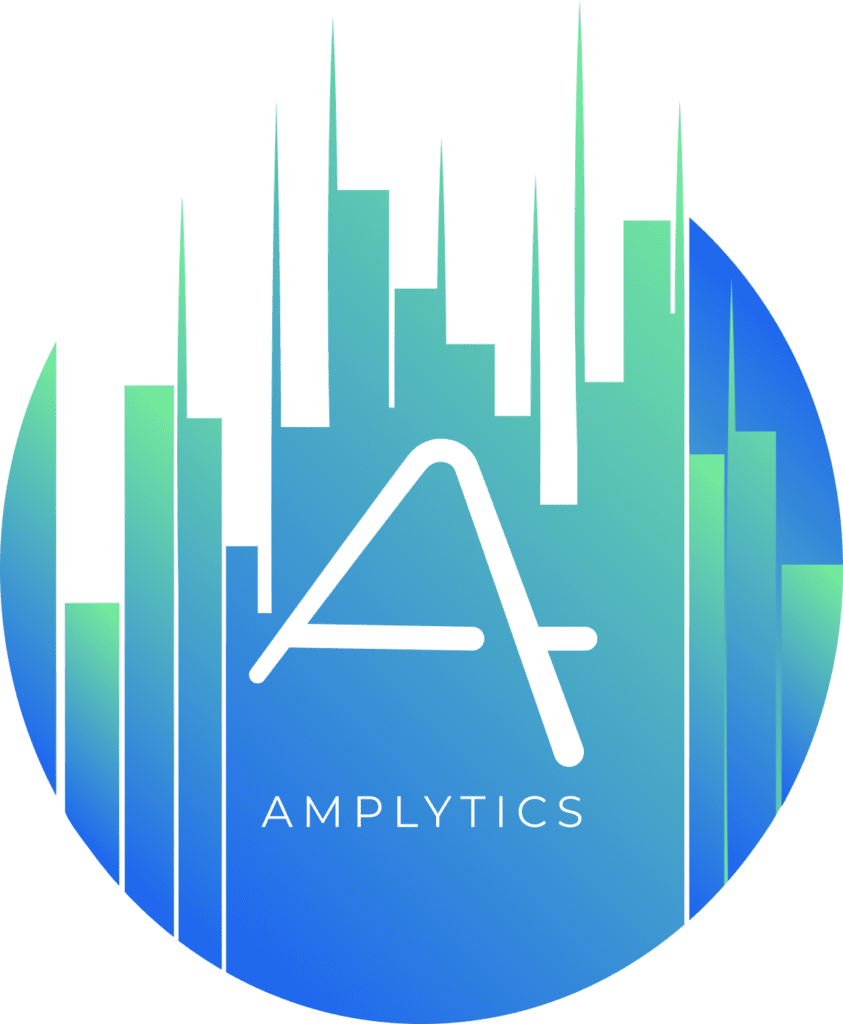You’re probably already using LinkedIn to build brand awareness and cultivate leads for your sales team. To make the most of this valuable resource, consider adding retargeting on LinkedIn to your marketing strategy. Over 1 billion people and 67 million companies in more than 200 countries around the world use LinkedIn, making it the largest professional social media platform on the planet. LinkedIn advertising is a cornerstone of most marketers’ plans. According to one report, 82% of B2B marketers realize their greatest success with LinkedIn.
What is Retargeting in Digital Advertising?
Retargeting is a strategy that targets users who have previously interacted with your brand but have not yet converted. The goal of retargeting is to re-engage these potential customers by keeping your brand top of mind and encouraging them to return and complete a desired action, such as making a purchase or filling out a contact form.
For years, retargeting has used cookies to follow users across the web, showing them more ads related to the products or services they viewed. As marketing prepares for a cookie-less future, retargeting is now leveraging alternative methods of prospect identification. First-party data, contextual targeting, and identity solutions all use directly collected information and privacy-compliant identification systems to track and engage potential customers.
Why Do Retargeting on LinkedIn?
Statistics support the adoption of retargeting as a critical marketing approach:
- Marketers report a 4X increase in ad engagement after running a retargeting campaign.
- Retargeted users are 8x cheaper to reach per click
- 30% of buyers have a high or very high opinion of retargeting ads.
- The average CTR for retargeting ads is 10x that of display ads.
- Retargeting can increase conversion rates by as much as 150%.
- Retargeting ads have an average CPC of about half of search ads.
Whether you haven’t yet begun maximizing ad revenue by retargeting on LinkedIn or you’re among the 35% already taking advantage of this critical strategy, we’ve got tips to help you.
How to Create and Execute an Effective Retargeting Strategy
Before you get started, it’s important to understand some of the different retargeting avenues available to you. Let’s look at three – LinkedIn, Display, and Email. No matter which retargeting approach you choose, it will be an effective method of increasing conversions by re-engaging users who have shown prior interest. Each relies on some form of user interaction as a trigger for retargeting and allows you to tailor messages based on the user’s previous behavior with your brand. That said, there are some key differences, which is why we recommend using them in combination for the greatest impact.
- Retargeting on LinkedIn is platform-specific, while email retargeting can engage through any email service, and display retargeting spans multiple websites and networks.
- LinkedIn uses professional and proprietary data, email uses direct interactions, and display retargeting relies on broader behavioral tracking information.
- Costs and access to necessary data or platforms vary, affecting the overall strategy and execution complexity.
What are LinkedIn Retargeting Ads?
This strategy targets users who have previously interacted with your content or ads on LinkedIn, leveraging LinkedIn’s user data, including job titles, industries, and professional behavior and allowing you to deliver great LinkedIn ads based on user interactions such as engagements or company page visits within the platform. LinkedIn retargeting gives you access to a highly targeted professional audience, which is particularly beneficial for B2B campaigns and professional development products.
LinkedIn retargeting is effective. In its pilot study, LinkedIn found that marketers retargeting using its Matched Audiences achieved:
- 30% increase in CTR and a 14% drop in post-click cost-per-conversion with website retargeting.
- 32% increase in post-click conversion rates and 4.7% drop in post-click cost-per-conversion with Account Targeting.
- 37% increase in click rate (CTR) with Contact Targeting.
Among its limitations is that, while effective, LinkedIn retargeting is generally more expensive per click than other retargeting forms and may not be appropriate for every budget.
How Does LinkedIn Retargeting Work?
Retargeting on LinkedIn is relatively straightforward:
- The prospect sees an ad on their feed.
- The user clicks the ad and visits. Your website.
- You track the user’s interaction and they become a lead.
- You use stored data to show the user your retargeting ads.
Best Practices for LinkedIn Retargeting
We recommend applying these best practices to your LinkedIn retargeting projects:
- Audience Segmentation: Break down audiences using criteria including job titles, industries, and company sizes and based on their interactions with LinkedIn content and website activities.
- Personalization: Create personalized ad content that addresses the specific needs and pain points of each audience segment. Use dynamic ad formats that automatically customize content based on individual user profiles and behaviors.
- Take Advantage of Matched Audiences: Re-engage visitors who have shown interest by visiting your site and retarget your email list to keep your brand top-of-mind.
- Optimize and Test: A/B test different ad formats, creatives, and messages to see what resonates best. Regularly monitor your campaign metrics and adjust improve effectiveness.
Email Retargeting
Triggered by user actions like abandoning a cart, visiting a webpage, or signing up for a newsletter, email retargeting connects with users by sending personalized messages to their inbox to remind or engage them. It offers advantages including direct communication and high levels of customization but requires a pre-existing email list to execute. If that list is small or outdated, reach will be negatively impacted.
Email retargeting is a cost-effective marketing method that focuses on an audience that has already shown interest, typically leading to a lower cost per acquisition. Personalized messages, which can directly address the user’s specific actions and preferences, keep your brand top-of-mind and often spur high conversion rates. To effectively implement an email retargeting campaign, begin with a segmented audience and personalized content, then use marketing automation tools to set up triggers to send your emails. As always, test, monitor, analyze, and optimize your efforts.
Display Retargeting
Combined with retargeting on LinkedIn and email retargeting, display retargeting is the last part of a comprehensive retargeting strategy. With display retargeting, you can leverage advanced tracking methods, including first-party data and identity solutions, to keep your brand in front of users who have shown interest by interacting with your online content. Shown on different websites and platforms that the user visits, display retargeting ads offer a wide reach. It’s even possible to accomplish retarget website visitors on LinkedIn and make your approach more effective by applying additional layers of LinkedIn member demographics such as job title, company, or location. One disadvantage of display retargeting is that it may be less precise than platform-specific retargeting, as it relies on broader internet behavior rather than specific user profiles.
To execute display retargeting effectively, you’ll need to start by adding tracking pixels or tags to your website. These are small snippets of code that track user behavior and gather data on visitors. Google Ads, Facebook Ads, and LinkedIn all provide tracking pixels. From there, segment your audience, create compelling copy and visuals.
Select the platforms where you want your display ads to appear and set up your campaigns. Google Display Network is a popular choice due to its extensive reach. You can also consider social media platforms like Facebook, Instagram, and LinkedIn. Configure your retargeting campaigns by setting up the targeting criteria based on the audience segments and choose appropriate bidding strategies to optimize your ad spend. Use advanced tracking methods, such as Google Analytics or other retargeting tools, to monitor user behavior and ensure your ads are shown to the right people. Implement identity solutions to match users across different devices and platforms, enhancing the precision of your retargeting efforts. And, of course, test, monitor, analyze, and optimize.
Maximize the Value of Your Retargeting Strategy
Whether you are retargeting on LinkedIn or you’re focusing on email or display retargeting, campaign triage should be part of your plans. Gather performance data and compare it both to goals that you set and to industry standards like Google Ads benchmarks and important LinkedIn metrics to measure, then use what you learn to determine which campaigns are performing well, which should be modified and improved, and which should be set aside in favor of other ideas.
Monitoring retargeting campaigns is critical but it takes time and attention that you could be spending on other creative, revenue-generating tasks. Reclaim that time when you automate campaign monitoring with Amplytics.
Amplytics is cutting-edge marketing software for campaign triage to help marketers quickly identify and explore campaigns that need the most attention. Amplytics also automatically monitors paid campaign metrics and sends convenient alerts when they rise above or fall below user-defined benchmarks. Triage and automated alerts when used in concert save marketers time and empower them to scale up their marketing efforts.
Partner with Amplytics to drive decisions with insight to help your company grow. Start your free trial today.


